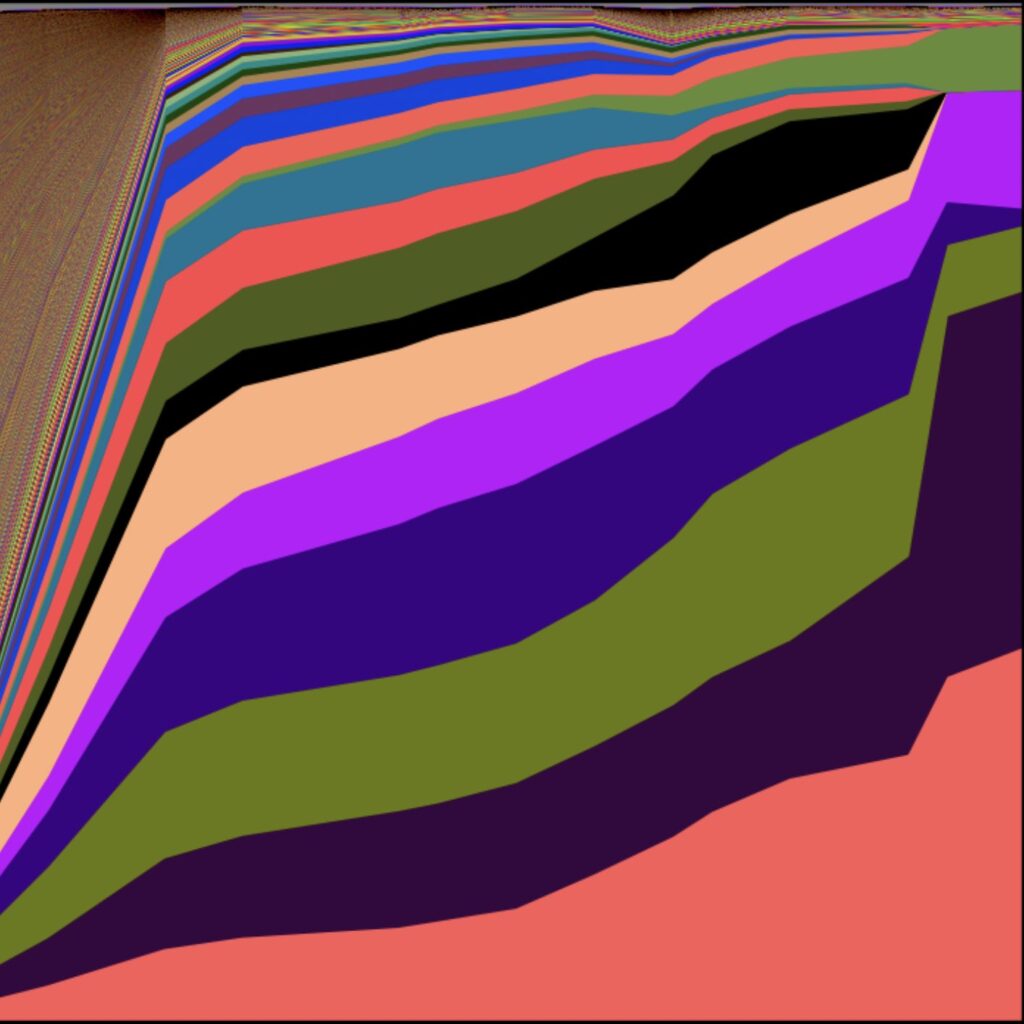I recently read the book The Possible and the Actual by François Jacob, who is famous for winning the Nobel Prize in Physiology or Medicine for his work on transcription and gene regulation. The book is based on a series of lectures he gave at the University of Washington later in his career. I heard about the book during a talk at a conference — I don’t remember the context in which the speaker mentioned it, but I was struck by the title because it seemed to describe an important dichotomy in biological research that I often think about. Despite the title, the book has little explicit discussion of the concept, but nevertheless it gave me a good opportunity to articulate my own views of the topic.
My view is that there are two major flavors of biological research. The first type of research focuses on the possible, i.e., what biological phenomena are hypothetically allowed under some constraints, be they physical, chemical, evolutionary, etc. Work in this category is dominated by models; mathematical and computational models of course, but I think most laboratory experiments are most accurately characterized this way as well. Indeed, this has been the predominant flavor of my own work in the past. For example, in one paper I used a mathematical model to show that coexistence is possible for species having certain tradeoffs between growth traits. One of my favorite genres of others’ work in this category concerns the properties of biological systems that are possible under basic physical constraints, for example, the limits of proteome complexity given thermal fluctuations on protein structure.
In contrast, the second flavor of research concerns the actual: phenomena that are actually realized in extant biological systems, which of course is only a subset of the possible. I find the actual much harder to address but usually more interesting than the possible. It’s harder to address because it requires empirical observations, and sometimes a lot of them, particularly if one wants to make statistical rather than mere anecdotal statements about the actual. For example, it might not be hard to demonstrate that growth tradeoff-mediated coexistence (as proposed by my model) occurs in one community, but showing that this is an important phenomenon on average would require demonstrating it in many communities. The inherent challenge of proving a negative also can make the actual tough to address: just because we haven’t seen any actual examples of a phenomenon doesn’t mean there isn’t one out there somewhere.
But despite these challenges, I find the actual to be in some sense the signature problem of biology compared to the other natural sciences. In physics it is a well-known axiom of statistical mechanics that any state allowed by the basic physical constraints of the system (e.g., energy conservation) will occur with equal probability for a statistical system at thermal equilibrium, a sort of Murphy’s law that means that the possible and the actual are in fact equivalent. But living matter is far from equilibrium, in both the physical and evolutionary senses: the spectrum of actual biological systems is not an unbiased sampling of the space of possible realizations of these systems, but rather a highly biased sample due to the common ancestry of all living things. For this reason, the nonequivalence of the possible and actual is one of living matter’s distinguishing features, and therefore a major source of insight about the evolutionary history of life on Earth.
When comparing the possible and the actual in biology, the negative results can sometimes be at least as instructive as the positive ones. Generally speaking, the nonequivalence between the possible and the actual can be caused by one of two things. The first possibility is historical contingency, as mentioned in the previous paragraph: a chance event in the evolutionary history of living matter caused some possibilities to go unrealized. For example, this is the putative explanation for the fact that both chiralities of amino acids are possible but only one is actual in living matter. The second possibility is an incomplete accounting of what is possible, e.g., missing constraints. For example, if the possible growth tradeoff-mediated coexistence is rarely or never realized by microbial communities, it may be because the underlying physiology of cells prevents mutations from generating the necessary tradeoffs.
